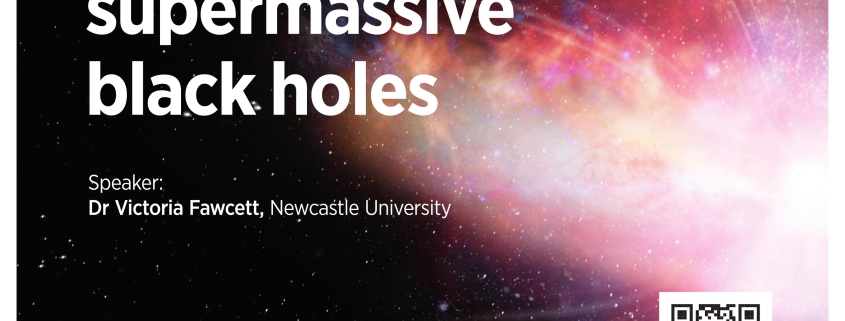Thursday 20th November 2025 Unveiling the secrets behind supermassive black holes
The Caroline Herschel Prize Lecture 7 pm Thursday 20th November 2025 at 10E 0.17 Lecture Theatre, University of Bath and online
Dr Victoria Fawcett, University of Newcastle
Dr Victoria Fawcett, University of Newcastle

Dr Fawcett is a Research Associate at Newcastle University. She works on quasars and how they influence their host galaxies. She has demonstrated excellence in research, including a strong publication record, and co-leadership of the working group on active galactic nuclei within the Dark Energy Spectroscopic Instrument (DESI) collaboration. She is is an exceptional role model and promoter of increasing diversity in Astronomy and Physics. She also has an outstanding track record in outreach and communication, focussed on young people in the North East of England. She speaks with great clarity and enthusiasm in public talks, and her lecture topic should be of great interest.
A link to the recording of this lecture is available here.



